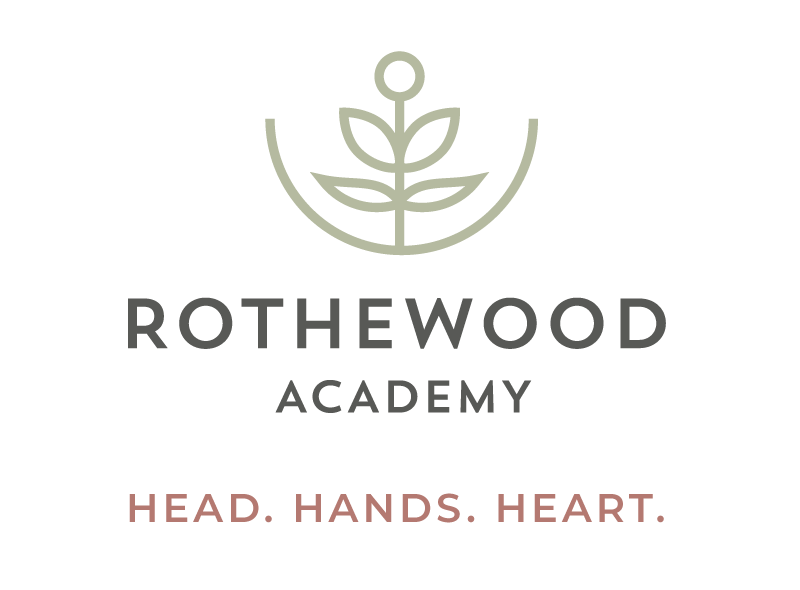
Curriculum Expectations
Writing emerges very much like walking emerges. In both cases, the child moves through specific stages of development before they can master the skill. Many aspects need to come together before a child is ready to write.
We use a multi-sensory approach that meets the needs for each type of learner – visual, kinesthetic, auditory, and tactile. This preparation includes sensory activities, fine motor activities, listening games and having letters and printed words in the environment.
We create and introduce many prewriting activities that physically prepare specific parts of the body for writing. We want to build strength in the fingers, hand, wrist, forearm, shoulder, and chest. We also want to train the eye muscles to move left to right, to learn to detect the slight differences we see with letters and to communicate between the brain and the muscles for hand-eye coordination and train the ear to hear the slight differences that the letters make. All this work prepares the child to correctly hold and control a writing instrument and to develop sight and hearing skills that will help to prepare the child to process incoming information.Rushing this process can result in lifelong bad habits and frustration for the child. It may even influence the child’s attitude about writing, potentially impacting their future success in academics.
Our goal with writing (mark making) is to instill an interest in learning to write and to develop good letter writing skills and habits – including correct letter formation and good pencil grasp. We offer children repeated experiences as they learn new concepts at their own pace.
It is important that we keep writing time fun and exciting. We set realistic goals and provide activities that children will be motivated to take part in and where they can be successful. For example – learning to make the first letter of their own name.
We know that allowing lots of time for open-ended mark making, including scribbling, drawing and colouring is one of the best ways to prepare young children for writing.
Example – Benefits of working with Playdough – discuss all the learning that is happening when a child is playing with Playdough. – Learning to experiment and test out new ideas, to share tools and ideas with others, to build hand strength in preparation for holding writing tools, developing hand eye coordination in preparation for writing and reading – just to name a few!
Have a look at what writing looks like across Rothewood Classrooms. This video has NO SOUND.

